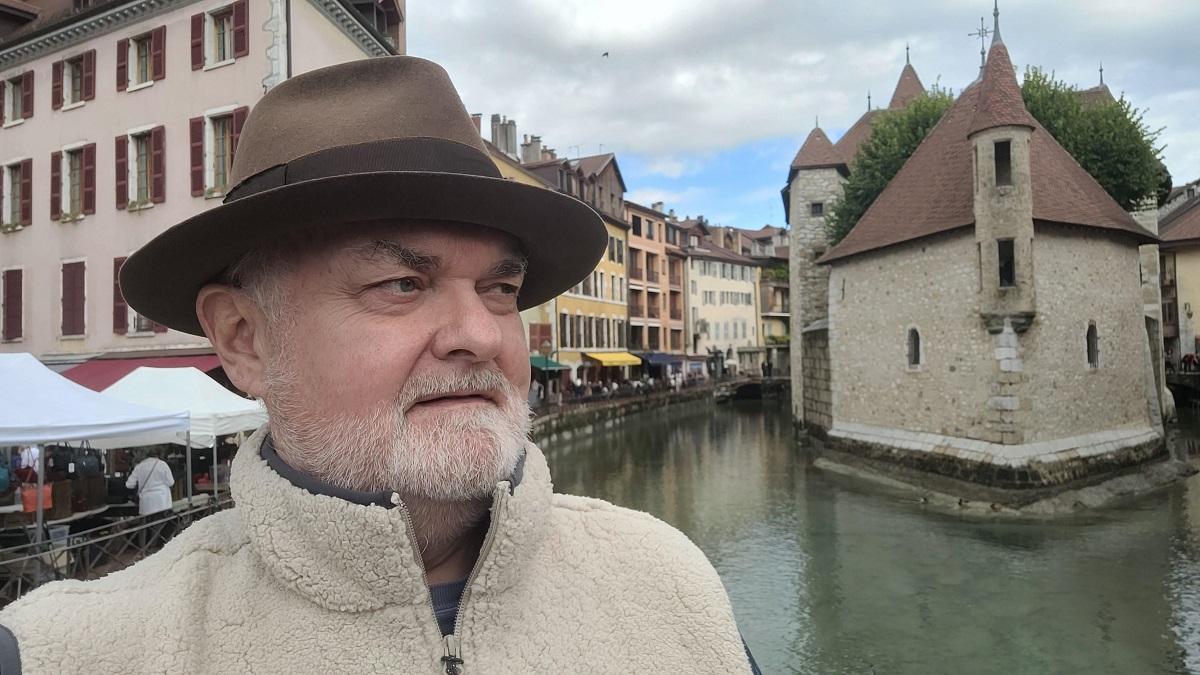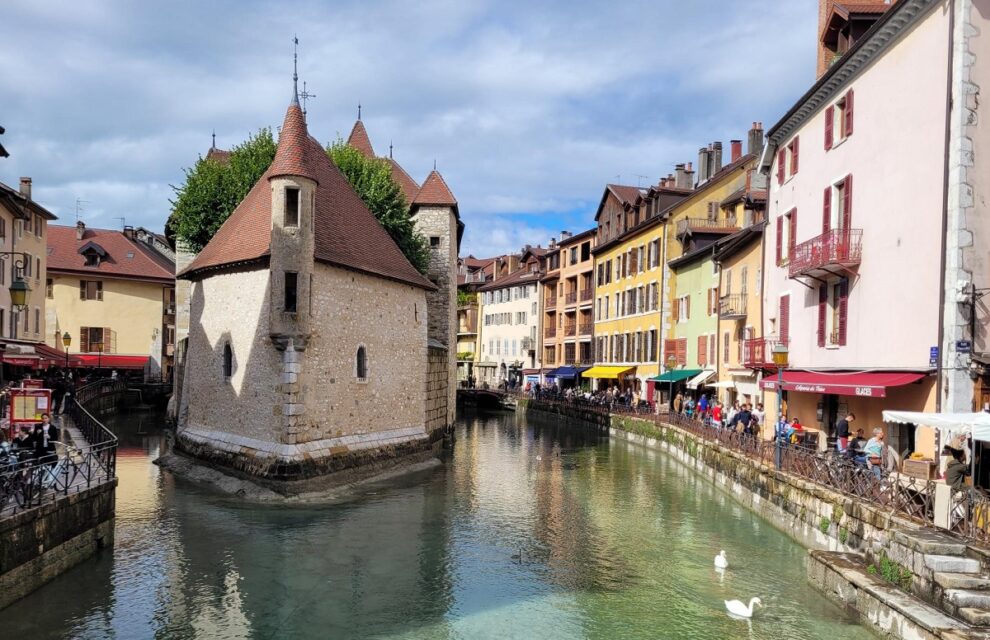IAE Savoie Mont Blanc just screened The Blinding Sea to a full house, mostly of undergraduates, on the Annecy campus of the Université de Savoie. IAE is the acronym for the University Management Schools, of which there are 35 in France. I learned a lot from this screening-debate.
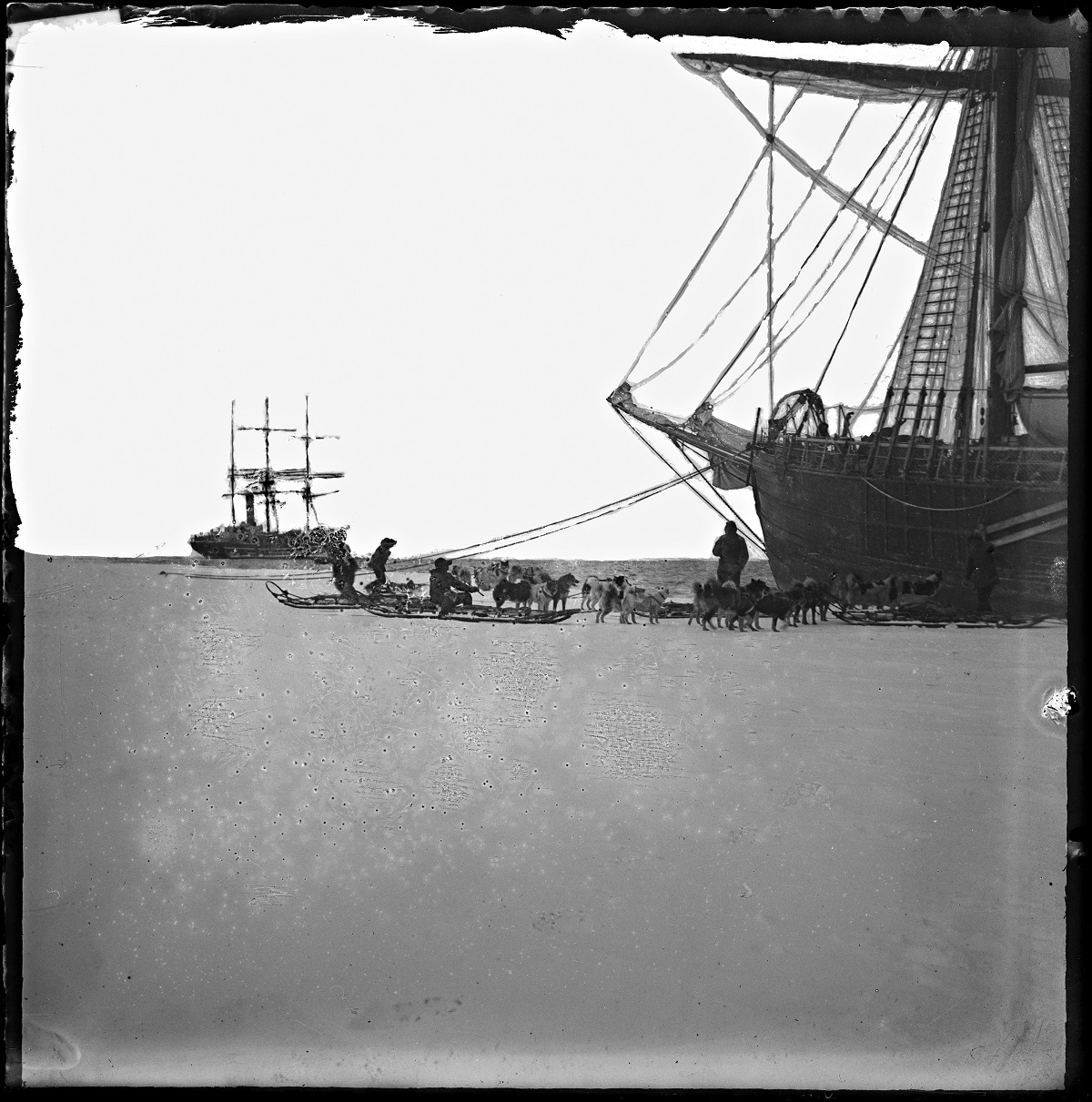
Professor Sarah Le Duigou, who organized the event, said the rivalry between Roald Amundsen and Robert Falcon Scott, on their way to the South Pole in 1911-1912, is the most important part of the story from a Management perspective. (She found the concluding historical aspects of the film interesting, but perhaps less relevant from this Management perspective).
We all watched the film together. I had distributed a study guide to the students several weeks beforehand. I forgot that undergraduates are sometimes a little shy to speak out in public! So, I launched into some observations of my own, to get the ball rolling.
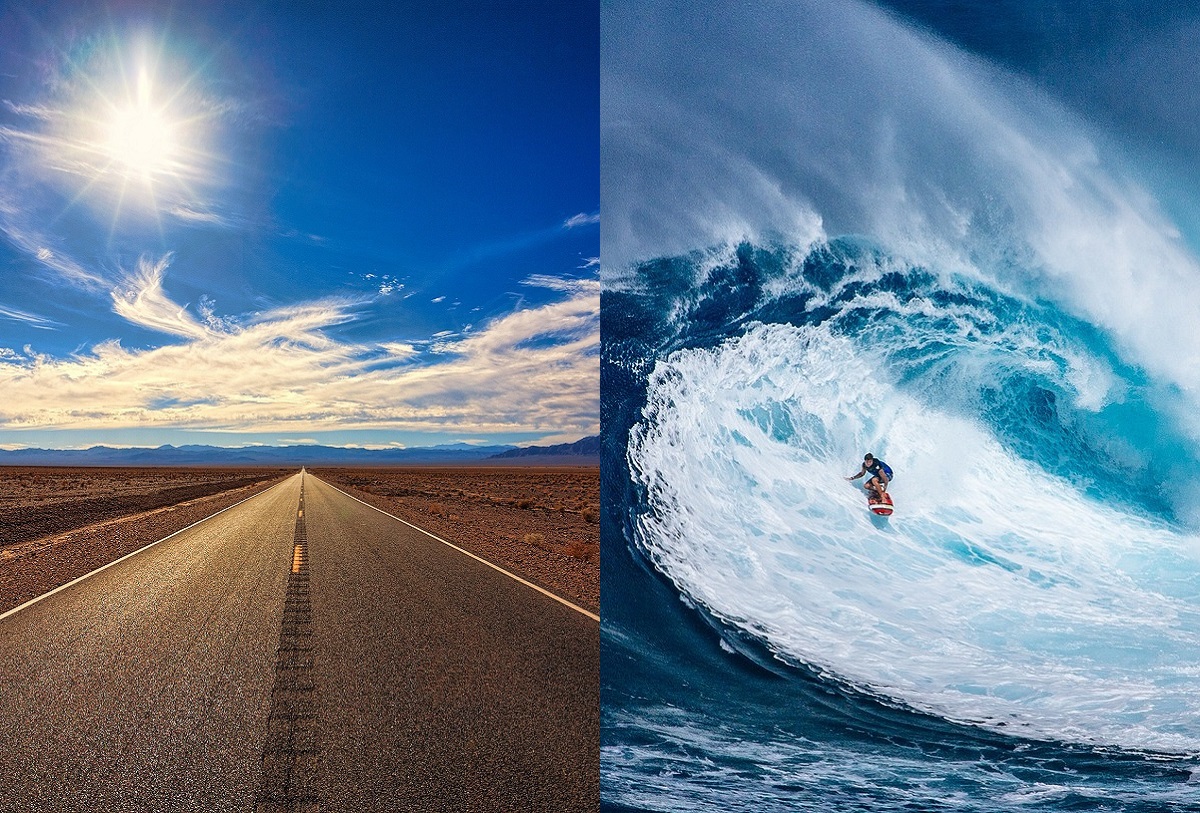
Organizational strategy never ends: if the business trajectory is a surging ocean wave rather than a linear progression from A to B, then strategy requires agility, thinking on one’s feet, renewing one’s approaches and the organization itself, adjusting tactics as one goes along, moving quickly and easily in the face of shifts, changes, restructuring of markets.
It is not enough to base your business plan on knowledge of relevant data.
You also need to develop strategy, which involves skilled and autonomous judgment: you need to think ahead, anticipate the moves of other players in the market as well as the trends of change.
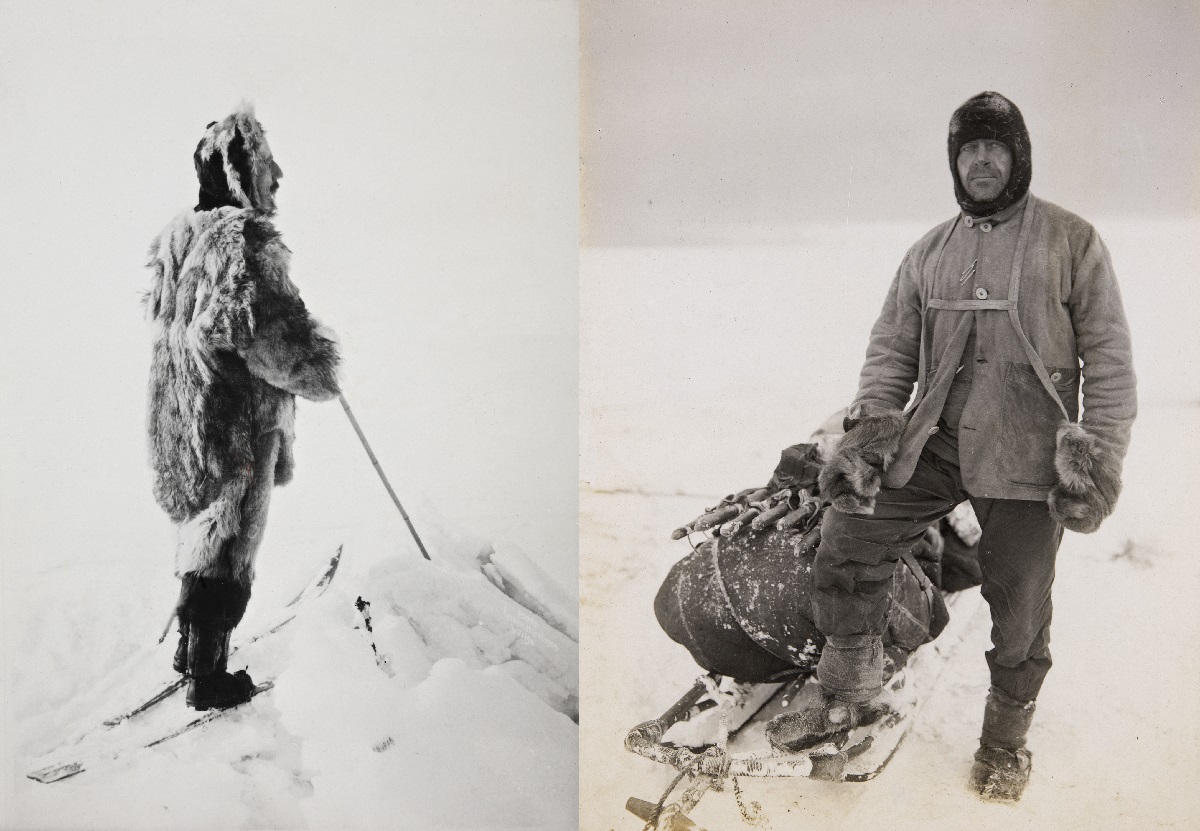
For Amundsen, knowledge is open-ended, ever-changing, self-correcting, both explicit and tacit, and needs to be tested in real-world conditions – the key value is accessing and implementing the best knowledge, which involves exercising judgment and making practical choices.
For Scott, knowledge is finite, explicit, linear and based on tradition and authority in a vertical world – the key value is your moral/heroic aptitude in rising to the challenge of applying this knowledge, but in the absence of testing it in real-world conditions, you have difficulty deciding which is the best knowledge.
In leading his South Pole expedition, Amundsen established a clear business trajectory to follow, as if he were saying “This is what will work: the single best method of transport in Antarctica is skiing alongside dog-teams, so we adopt this method, and we commit totally to it.”
In leading his march South, Scott improvised the business trajectory to follow, and this is clear from the article he published in the Geographical Journal in 1910, before embarking on his expedition. His article cultivated ambiguity about the best method of transport, as if he were saying: “Something will work: it is not clear which is the best method of transport in Antarctica, so we will equip ourselves with skis, pony transport, experimental motor-sledges and dog-teams, and if these methods don’t work, by default our fallback position will be to march forward unaided by animals or machines, man-hauling over great distances, pulling our sledges behind us.”
Back to Annecy: this seemed a good point for me to mention the Learning Zone Model, developed by the early-20th century psychologist Lev Vygotsky and refined more recently by leadership coach Tom Senninger. I asked the audience whether the model isn’t overly simplistic. Does it apply to all learning situations?
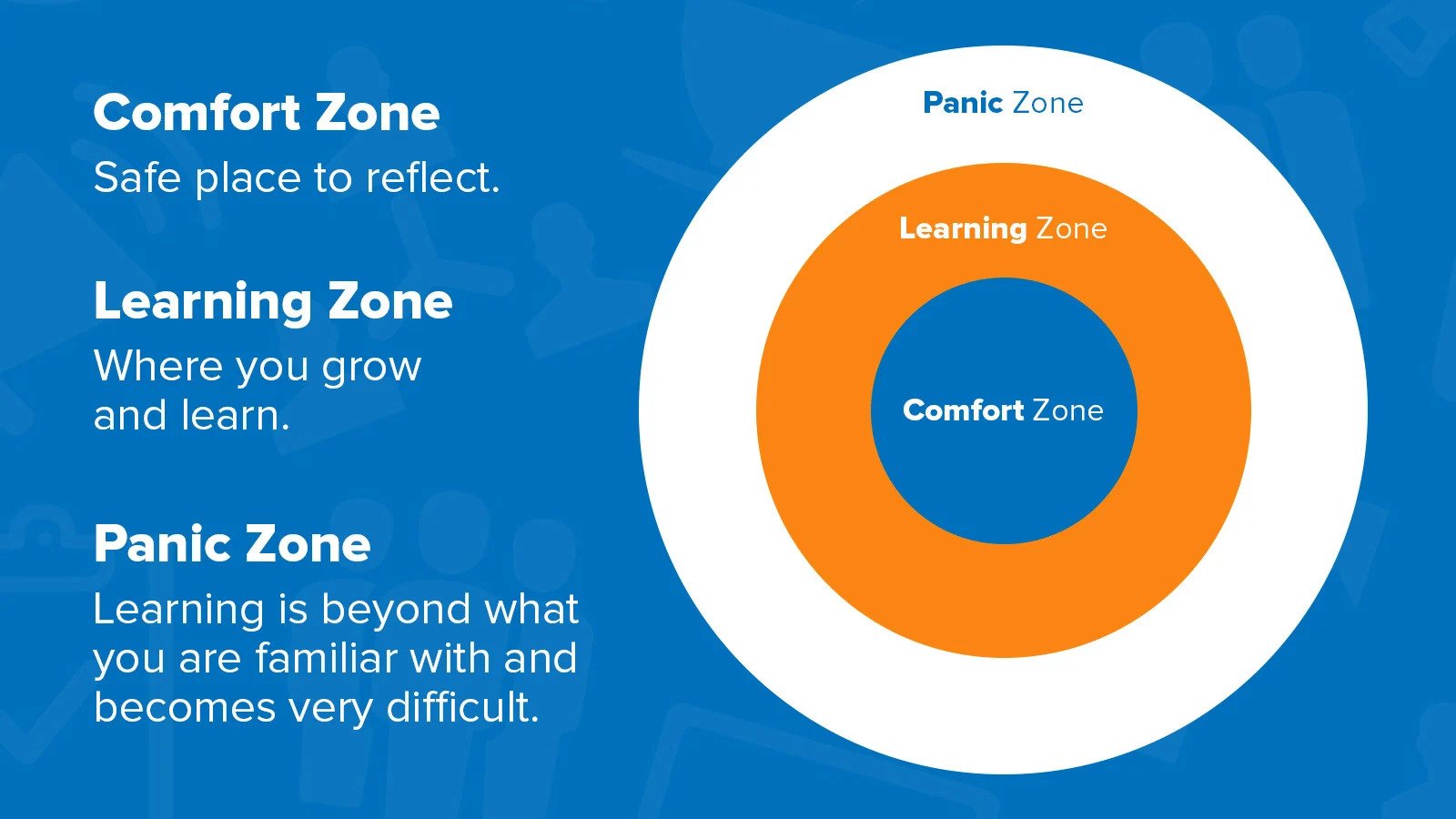
A student way up in the back row made an interesting observation: “The panic zone is not the same for all people. It really depends on each individual’s own personality and perception of difficulties.”
This got me thinking!
I sketched out my view, which is that the old Learning Zone Model has its limits: Comfort zone → Learning zone ≠ Panic zone. (According to this model, in learning, we increase the size of our comfort zone, whereas if we reach our panic zone, learning is no longer possible.)
Amundsen and Scott took different approaches to knowledge acquisition. Amundsen spent two years in the Canadian Arctic, learning directly from Inuit how to dress, how to shelter himself from the many varieties of ice and snow, how to protect his eyes from snow-blindness, how to eat healthy food, how to drive dog-teams etc. In terms of Management, he can therefore be compared to CEOs nowadays, who venture out of their comfort zone/bubble, to learn about their business from the tacit knowledge of employees with direct experience of production processes, clients, the market etc.
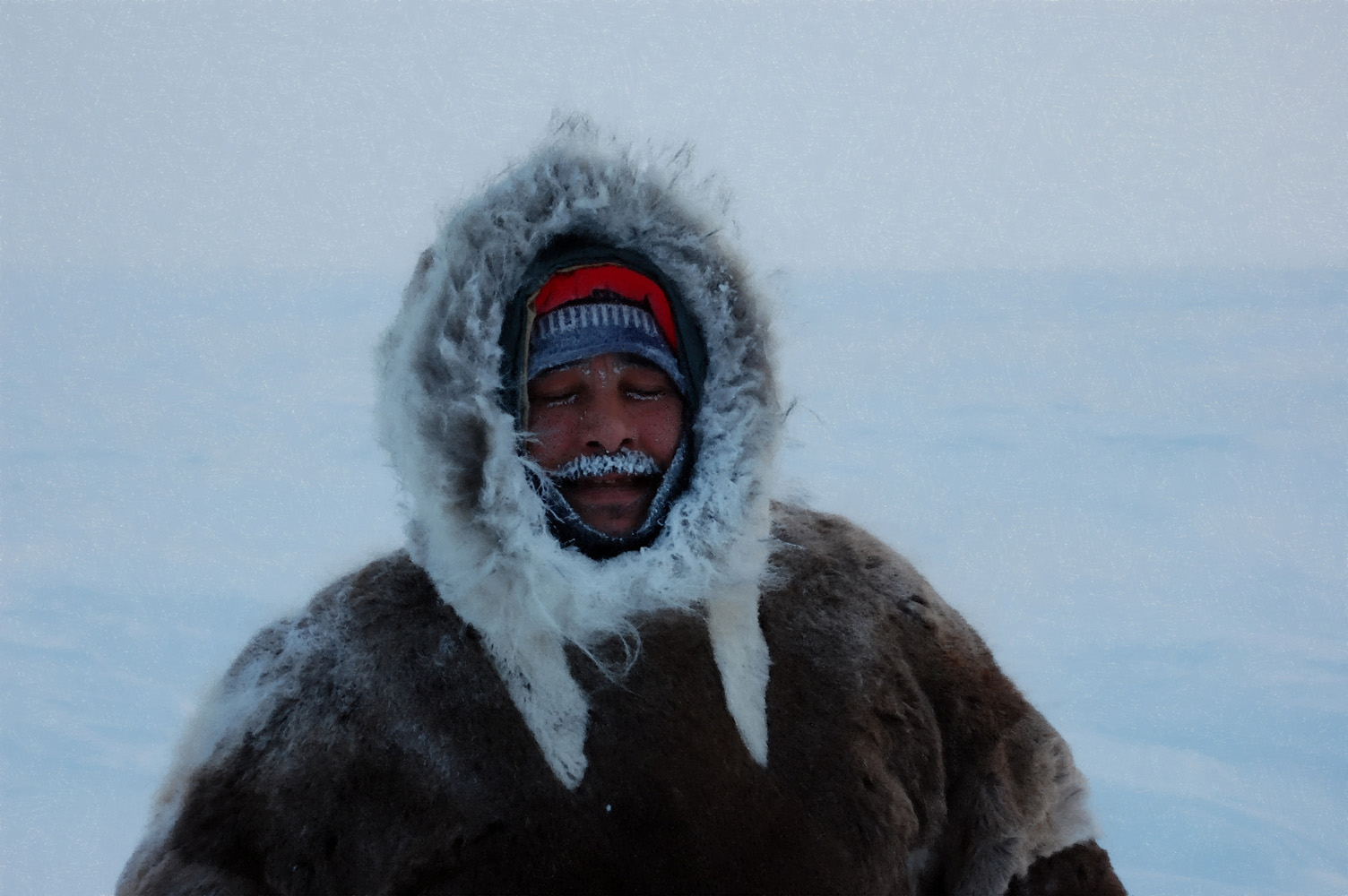
Amundsen’s 5-step knowledge acquisition model looks like this:
Comfort zone → Discomfort zone on the Belgica → Unlearning zone on the Belgica and in Nunavut → Learning/Learning-how-to-learn zone in Nunavut → Building up a relevant knowledge base → Success on his business trajectory during the Fram expedition within a greatly enlarged Comfort zone ≠ No Panic zone
Scott’s 5-zone knowledge acquisition model looks like this:
Comfort zone → Default zone, where received wisdom (tradition, plans approved by the expedition committee in London) is treated with deference, despite evidence to the contrary → Heroic discomfort zone on the Discovery and then on the Terra Nova expedition → Zone of incomprehension, in the absence of a relevant knowledge base and of safety margins → Catastrophic failure on his business trajectory, during the march back from the South Pole (death from malnutrition, starvation, hypothermia, gangrene and probably scurvy in the panic zone)
We then turned to a general discussion of the film.
One student asked how Scott could have stayed in his bubble all the way to the end – that is, to his death in such horrible conditions? Another student asked how, as a first-time film-maker (he used the word “novice”), I could possibly have produced and directed such a complete film? A student asked how I managed to get onto the icebreaker Amundsen in the first place?
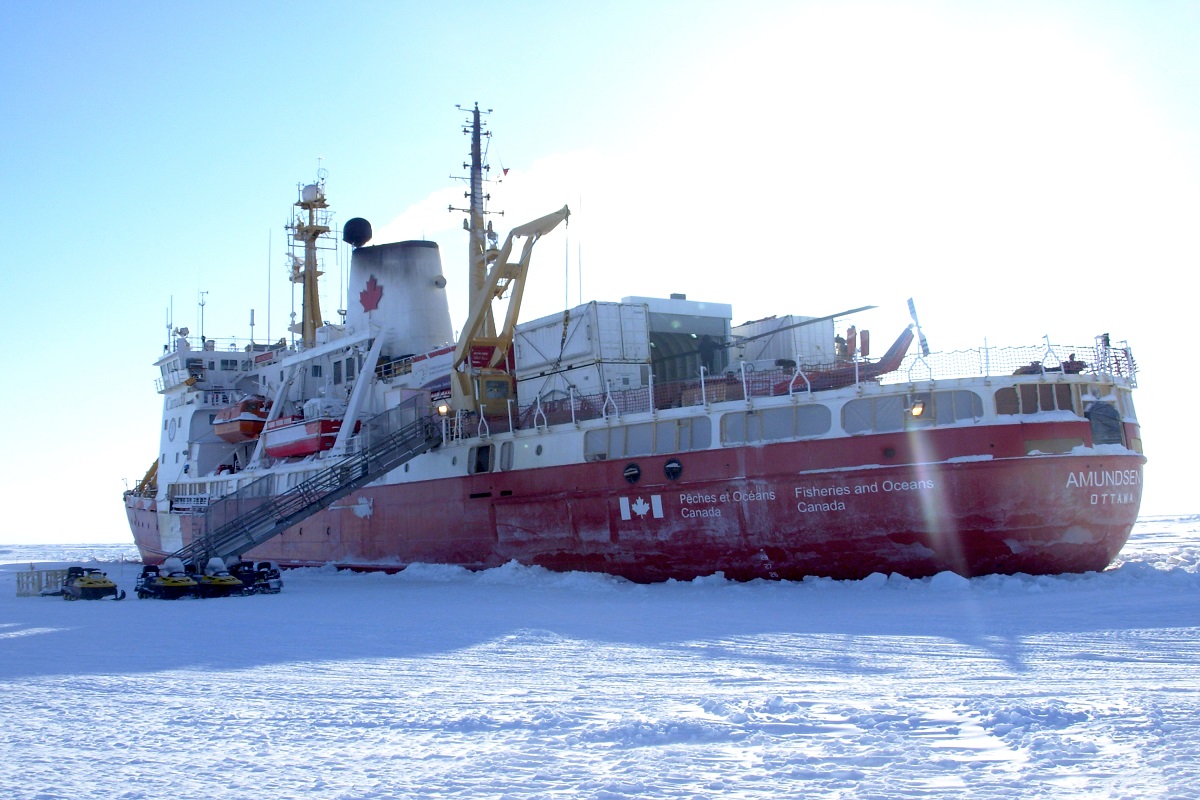
Another student said it was interesting that I allowed each person being interviewed to present his/her point of view, at length, without barging in with my own interpretations.
A student asked whether I had risked my life at any point, while making the film? This gave me the chance to tell a few humorous anecdotes.
Finally, a student said the relevance of the film to Management is that good planning requires agility in the execution, whereas nothing will save bad planning.
Thanks to Sarah Le Duigou for organizing the event, and to Éloi Grenesche for providing technical support at IAE Savoie Mont Blanc.
